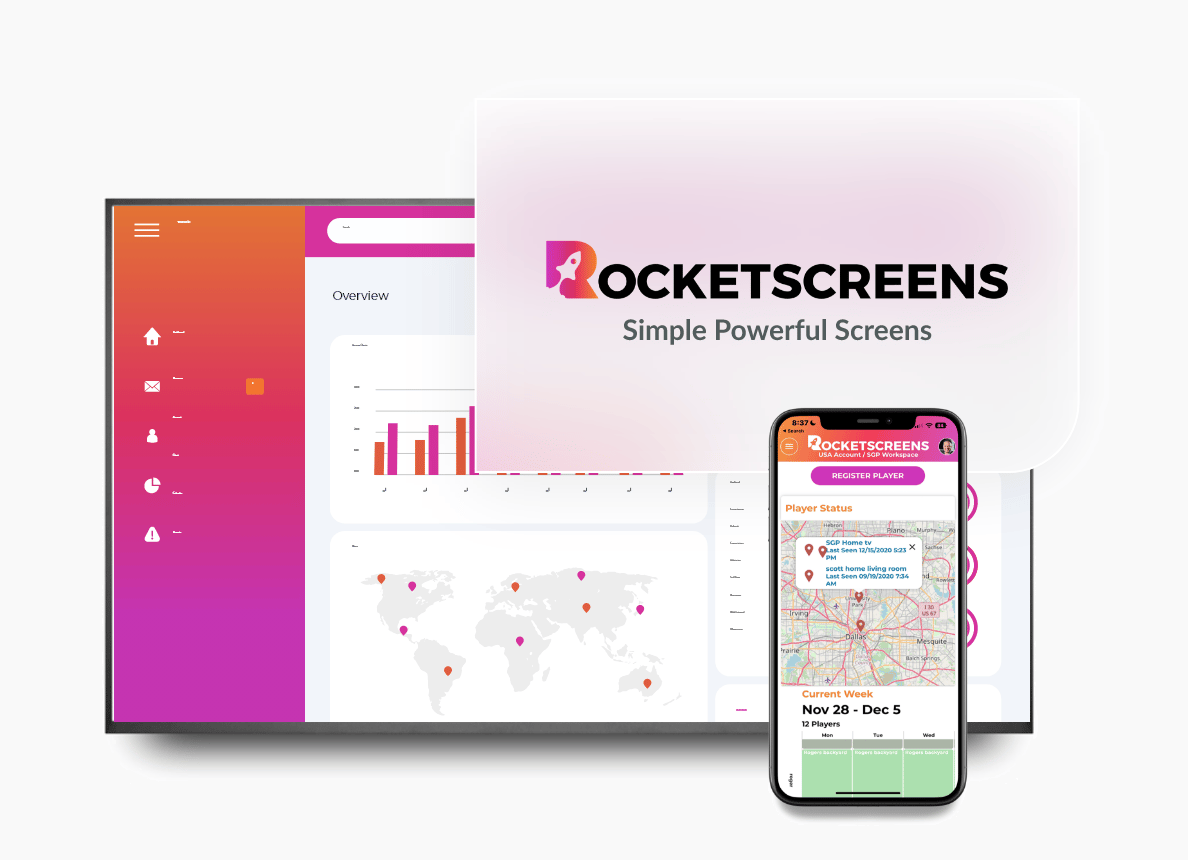
What is Power BI?
Power BI is a business analytics platform developed by Microsoft that provides business intelligence and data visualization capabilities. It allows users to connect various data sources, seamlessly transform and shape the data, and create interactive reports and dashboards in cohesive and visually captivating insights.
In the present era of data-centric society, organizations across industries are increasingly realizing the importance of making well-informed decisions based on precise and actionable insights. Power BI, a powerful business intelligence tool, has emerged as a frontrunner in this domain. With its robust features, it enables businesses to unlock the true potential of their data, driving smarter decision-making and empowering users at all levels. Let us explore the significance of Power BI and delve into its key features: analytics, reports, dashboards, and data visualization.
- Analytics: Extracting value from Data
The heart of Power BI lies its ability to extract valuable insights from vast amount of data. With its data modeling capabilities, Power BI allows users to connect multiple data sources, transform and merge data, and build relationships between different data sets. By leveraging Power BI capabilities, organizations can identify patterns, trends, and correlations within their data, helping them make informed decisions. - Reports: Communicating Insights Effectively
Power BI offers powerful reporting capabilities that enable users to create interactive reports. These reports can be customized with visualizations, charts, tables, and KPIs, transforming complex data into easily digestible information. By combining data from different sources, Power BI reports provide a cohesive view of the organization's performance, facilitating data-driven decision-making across departments. - Dashboards: Real-time Data at Your Fingertips
Power BI's interactive dashboards provide a comprehensive review of key metric and performance indicators real time. These customizable dashboards allow users to monitor business performance at a glance, providing a holistic view of data from various sources. With the ability to drill down into specific areas of interest, stakeholders can gain deeper insights into their data, identify problem areas, and take immediate action. - Data Visualization: Storytelling with Data
Data visualization plays a significant role in communicating insights effectively. Power BI provides a vast array of appealing and interactive visualization options, allowing users to create compelling stories with their data. From bar chats and scatter plots to maps and treemaps, Power BI empowers users to present data in a visually engaging manner, enhancing understanding and facilitating better collaboration among teams.
CONCLUSION:
In an era where data is abundant, organizations need tools that can transform raw information into actionable insights. Power BI, with its analytics, reports, dashboards, and data visualization capabilities, has become a cornerstone for data-driven decision-making. By harnessing the power of Power BI, organizations can unlock the true potential of their data, gain competitive edge, and drive growth. Whether you're a small business or large enterprise, Power BI offers the tools you need to explore, analyze, and visualize your data, empowering you to make smarter, more informed decisions.





